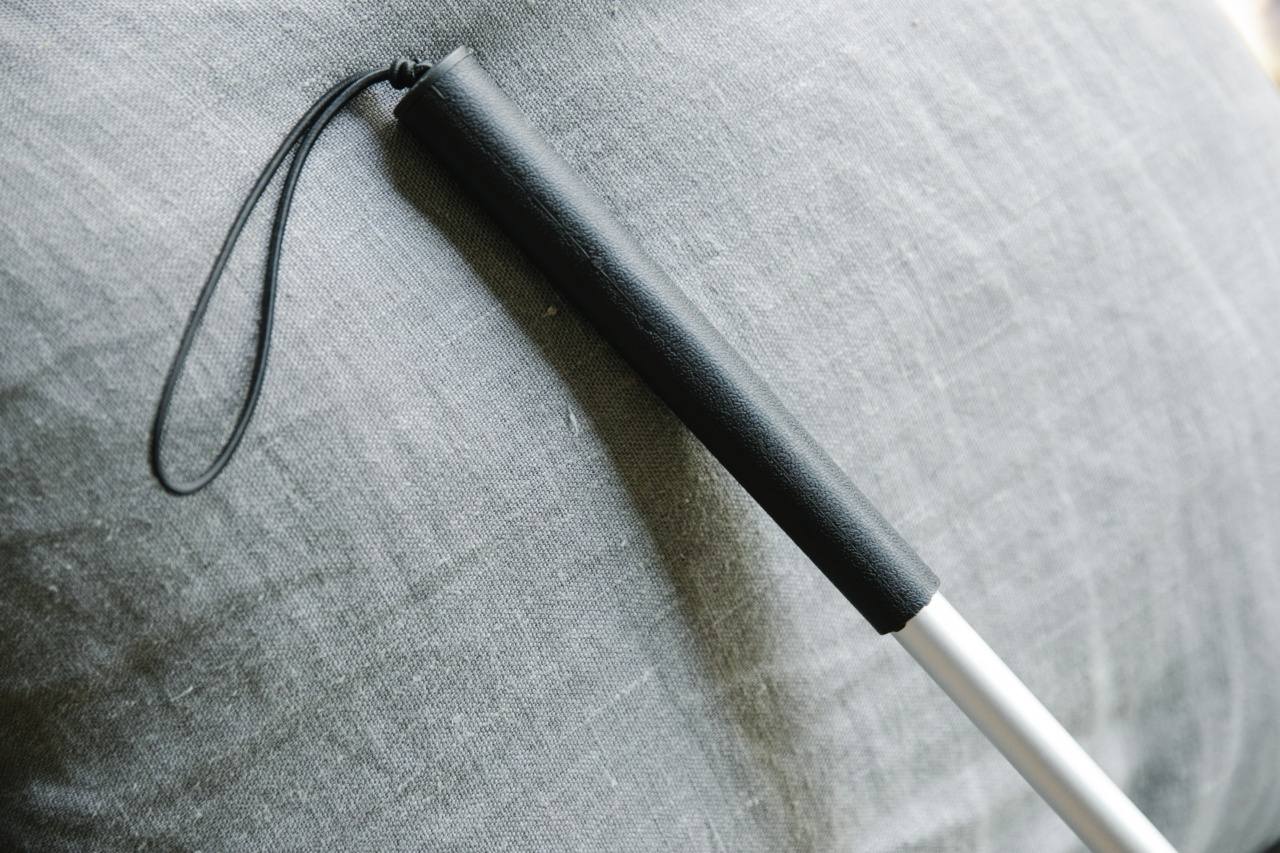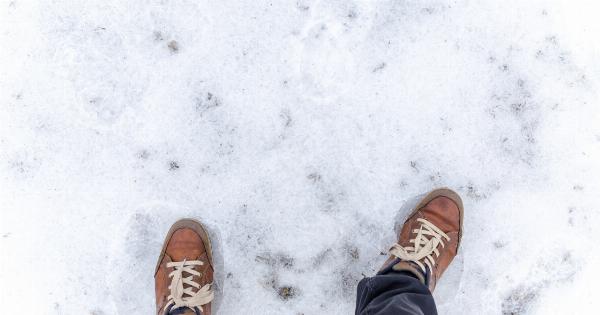Winter poses many challenges for people in cold climates and one of them is the risk of frostbite. Frostbite is a serious condition that can result in tissue damage and even amputation in extreme cases.
The good news is that with the right information and precautions, frostbite is preventable. In this ultimate guide, we will provide you with everything you need to know about frostbite protection.
What is Frostbite?
Frostbite occurs when the skin and other tissues freeze due to extreme cold. The most common areas of the body affected by frostbite are fingers, toes, ears, nose, cheeks, and chin. Frostbite can be divided into two categories:.
: Superficial Frostbite
This is the mildest form of frostbite and affects only the skin surface. The skin appears white or yellowish and is usually numb. The affected skin may also feel stiff or waxy. Superficial frostbite can be treated at home.
: Deep Frostbite
This is a severe form of frostbite that affects not only the skin but also deeper tissues, including muscles, tendons, and bones. The affected skin appears blue or a blotchy purple color. In deep frostbite, the skin may be hard and frozen.
It is a medical emergency and requires immediate attention.
Causes of Frostbite
The main cause of frostbite is exposure to extreme cold. Other factors that can increase the risk of frostbite include:.
- Wet clothes and shoes
- Not protecting your skin properly
- Being in high altitudes
- Drinking alcohol or smoking cigarettes
- Medical conditions that affect blood flow, such as diabetes
Frostbite Prevention
Preventing frostbite involves taking the necessary precautions before exposure to cold temperatures. The following tips can help prevent frostbite:.
: Layer Your Clothing
Dress in layers and include a base layer that wicks sweat away from your skin. Wear a warm hat and thick socks. Cover your face and nose to protect from cold air and wind.
: Protect Your Hands and Feet
Insulated gloves and boots are essential in protecting your hands and feet from cold and moisture. Avoid tight boots or socks that restrict blood flow.
: Stay Dry
Wear waterproof and breathable clothing to help reduce the risk of hypothermia and frostbite. Also, change your clothes as soon as they become damp or wet.
: Take Breaks Inside
Take frequent breaks inside to warm up and for a cup of hot drink such as tea or cocoa.
: Avoid Smoking and Drinking Alcohol
Alcohol and smoking can increase the risk of frostbite by reducing blood flow to the extremities. Limiting smoking and alcohol consumption can help prevent frostbite.
Frostbite Treatment
If you suspect you have frostbite, the first step is to move to a warm place. Do not massage the affected area as it can cause further tissue damage. Follow these steps to treat frostbite:.
: Remove Wet Clothing
Remove damp clothing and replace with dry clothes. If your clothes are frozen, slowly thaw them in a warm area. Avoid using hot water or a heating pad to thaw.
: Soak in Warm Water
Soak the affected area in warm but not hot water for 15-30 minutes. Do not use hot water, heating pad or a heating lamp since the affected part may be numb and to avoid burns.
: Wrap Affected Area
Wrap the affected area loosely in a warm, dry cloth or blanket to keep it from getting cold. Do not use a tight bandage that restricts blood flow.
: Take Pain Relievers
If you are experiencing pain, take over-the-counter pain relievers such as acetaminophen or ibuprofen.
: Seek Medical Attention
If frostbite is deep, affects large areas, or if you have blisters, see a doctor immediately. Deep frostbite requires medical attention to prevent tissue damage and infection.
Conclusion
Frostbite is a preventable condition if the right precautions are taken. Dressing in layers and staying dry, especially in feet and hand, are essential in staying protected from cold temperatures.
If you suspect frostbite, seek medical attention immediately. Prevention is always better than cure.





























